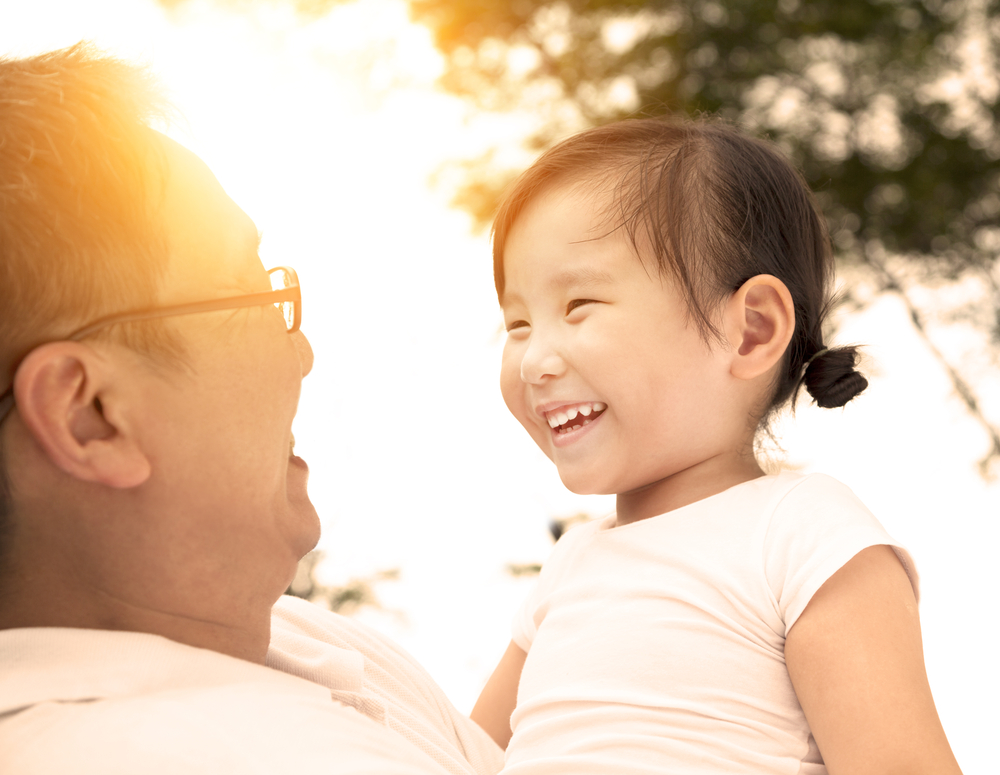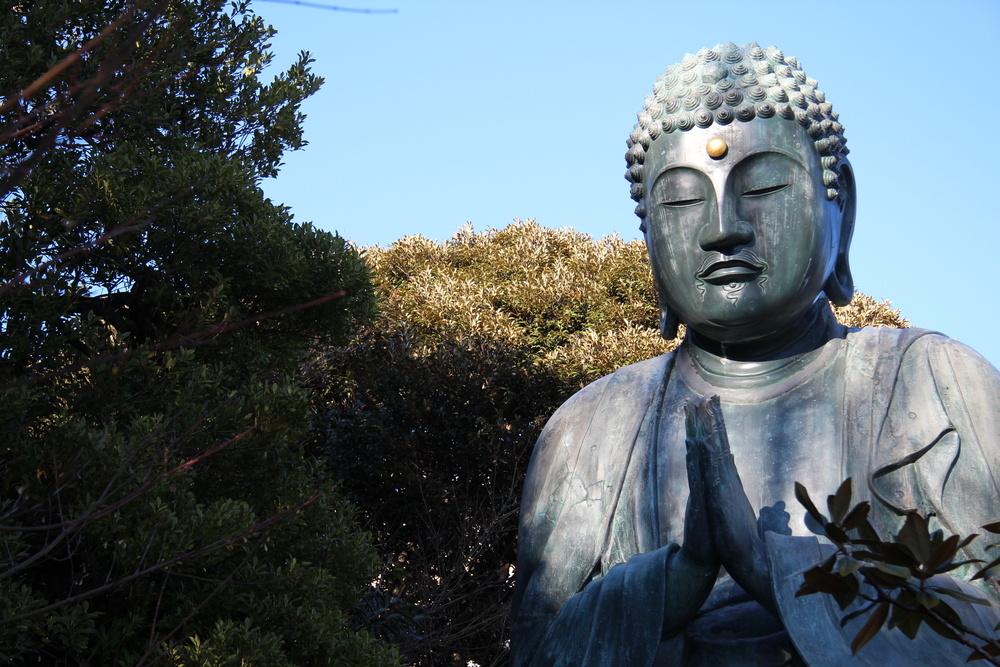Country Snapshot: Cultural Overview
China ranks as one of the world’s oldest civilizations—and has the world's largest economy in the modern era. Economic reforms deposited pockets of wealth around the vast communist state, and 20th century poverty reduction measures saw 700–800 million people lifted out of poverty since 1980. Westernization wields increasing influence, yet traditional teachings of duty and reverence to parents, elders, and ancestors, as well as obedience to the central government, remain deep-rooted in Chinese culture.
Cultural diversity, though downplayed in the interest of national unity, does exist in China. More than 90 percent of the population is Han Chinese, but the language, customs, and cuisine of this group vary greatly from region to region. In addition, there are more than 50 recognized ethnic minority groups, most living in sparsely populated border regions. Relations between the Han Chinese and minorities have always been tense, with Tibetans and the Uyghurs of Xingjian in particular facing discrimination in terms of education and employment.
Religious tolerance on the part of the officially atheist Chinese Communist Party has grown, but experts say persecution of some, particularly cults and unregistered religious groups, persists. About a third of the adult Chinese population practices organized religion. Buddhism has the most followers and is one of only five religions recognized by the government. The others are Taoism, Islam, Catholicism, and Protestantism.
Women in China historically have been subjected to societal gender bias. The prevalence of the name Lai Di, borne by millions of Chinese women, drives that point home: It means "a son follows quickly." The centuries-old preference for sons is deeply ingrained. China’s one-child-per-family policy was relaxed in the 21st century, and families may now have up to three children—a change aimed at boosting a low country birth rate. The government has banned sex-selective abortions and is promoting initiatives to reverse traditional gender bias. Today, women account for about 60 percent of the country's work force though earn about 15 percent less than men, with the gap higher in rural areas. Domestic violence is a widespread problem among Chinese women, and was only made a criminal offense in China in 2016. In the political arena, Chinese women hold about 25 percent of seats in parliament.
Chinese cuisine is popular worldwide, but it is more diverse than the standard dishes served outside the country. Beyond the traditional base of rice and noodles with stir-fried meat and vegetables, there is a staggering range of complex formal dishes, snacks, soups, stir-fries, and main courses. The Taoist philosophical principle of balancing yin and yang—different yet complementary elements—is fundamental to Chinese cuisine. Dishes achieve this balance by combining different tastes, colors, and textures in just the right proportions.
Superstitions, rituals, and folk beliefs are prevalent in everyday life in China. Most families continue to observe superstitious beliefs and rituals because they symbolize their cultural roots and give them a sense of identity or uniqueness. Among these practices is feng shui, which involves the art of arranging objects and space in harmony with nature. Its principles are used in architecture and interior design, and have been embraced far beyond China’s borders.
Copyright © 1993—2025 World Trade Press. All rights reserved.

 China
China 
